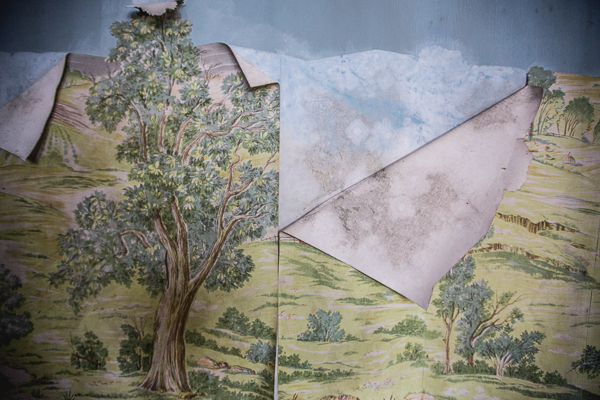Sounds technical, don’t it? I guess this kind of is. There is a certain myth, or should I say misuse, of the term web resolution.
I get emails asking for me to send images in a web resolution at 72 ppi. What is ppi? It’s short for Pixels Per Inch and it is a value we can set when we export images. The thing is, if your image is exported for web viewing (ie – viewed on a computer monitor), the value you enter in the ppi field has NO BEARING on how the image will be seen. And this is true whether you have a computer monitor that displays 63 ppi, 72 ppi, 109 ppi or an iPad that displays 326 ppi. Your image will appear the same, regardless of the pixels per inch it displays.
What is ppi for?
The use of the ppi value when you export is mainly for printing. The standards for printers is having an image that is set to either 240 ppi or 300 ppi if you want to keep a good image quality. There are other factors that impact how many pixels per inch your image should be, such as viewing distance. The further you view an image, the less important the pixels per inch are and you could probably be fine with 150 ppi. But I’ll save that for another tip, on another day.
So why do we use 72 ppi?
It’s an old standard that started with some of the original MAC computers in the 1980s. Their screens had a 72 pixels per inch, which fit with their printers which used 144 dots per inch. Easily scalable and allowed you to see the image as it will be printed on the screen. Or something like that 😉 And that standard has remained ever since.
Your computer displays pixels. There are x number of pixels across and y number of pixels down. When you export to view on a monitor and you create an image that is 1200 pixels wide by 1200 pixels tall, you are telling the computer to use up to 1200 pixels x 1200 pixels of it’s screen size to display the image. Not going to get into the discussion of native screen resolutions, I’ll save that for another tip, on another day. (I should be taking notes on these other tips to write up 😉 )
The visual
Here is a series of images at varying settings. I’ll indicate the pixels on the long end and the ppi exported at.


And now the kicker…

OMG, they are the same! I know… magic, right? Not really. All your monitor cares for is how many pixels of space it needs to display the image… Let’s try again with some bigger sized images. And yes, these images are bigger than my space on the blog, but I’ll leave them there so you can see things a bit bigger



What should I export at?
There is no harm in exporting at 72 ppi for the web. It’s fine. It works. It’s what people are used to, although they don’t really know why 😉 . I wouldn’t export an image at 300 ppi. While it will show the same on a screen, someone can take it and print. Keep the ppi low if you don’t want people to download and print your image.
There are so many other factors when you export for print or for web… is the image going to be compressed (like Facebook does.. wait, there’s another blog topic for later), size of your print, blog, theft, manipulation. Even posting really small images isn’t a huge deterrent to image theft and printing as with today’s softwares allow for upscaling of image sizes to make something decently usable.
There ya go! The myth of web resolution. 🙂
Want to see more quick tips? Click here!
And don’t forget to follow me on Facebook, I post some exclusive stuff and previews there 🙂
